MoFA update July 2020
Dear friends of malacology!
We had a pleasant small MoFA meeting last week on 8. July in Vienna and here is a small update!
- Among other things we discussed possible excursions in summer and autumn (late August to October). One excursion might lead us to the Marchauen area in Lower Austria, the other one could take place in the flood detention basin of the Wien river. Also the spring snails at Bad Fischau, and the “Fossilienwelt Weinviertel” in Stetten and the “Krahuletz Museum” in Eggenburg would be options. Until yet ,these are just first suggestions and detailed information will follow. Concerning the programmes we are open to any ideas and suggestions.
- We now extended the deadline for submissions for Arianta 8 until 31. August. Any contributions on malacological research are welcome (besides original articles, also reviews, smaller articles on species lists, interesting observations, hitherto unpublished valuable data on molluscs are welcome; https://www.molluskenforschung.at/en/journal-arianta). Please contact Helmut Sattmann (team@molluskenforschung.at) for submissions or any questions.
- An important malacological project of the AG “Alpine Land Snails”, which is conducted at NHM Vienna, has started this year: “Inventory of molluscs in the rural areas of Vienna with special focus on FFH species and neo-biota”. At present, about 170-180 mollusc species are known in Vienna, 150-160 of which are snails and about 20 species of bivalves. This corresponds to slightly less than half of the 400 species of molluscs that are presently listed to occur in Austria. The last major survey was conducted more than 25 years ago and the planned project should provide important up-to-date data of the mollusc fauna of Vienna. The project is funded by the Austrian Programm für die ländliche Entwicklung LE20-40.
- Finally, we would like to ask for help in our project on avian schistosome trematodes with cercariae causing dermatitis (in humans also called swimmers itch). These trematodes use several species of fresh-water molluscs as intermediate hosts and finally shed the infecting cercariae. We are searching for water bodies where presently cases of cercarial dermatitis were recorded. eDNA samples from such places could be used in our project as positive control. If you have any hints, please contact Christoph Hörweg (christoph.hoerweg@nhm-wien.ac.at).
- The recent Newsletter of the „Malakologischen Arbeitsgemeinschaft in Salzburg“ you find here.

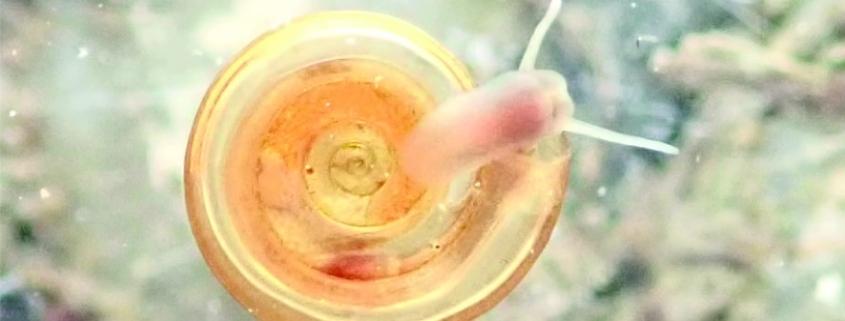 © M. Duda
© M. Duda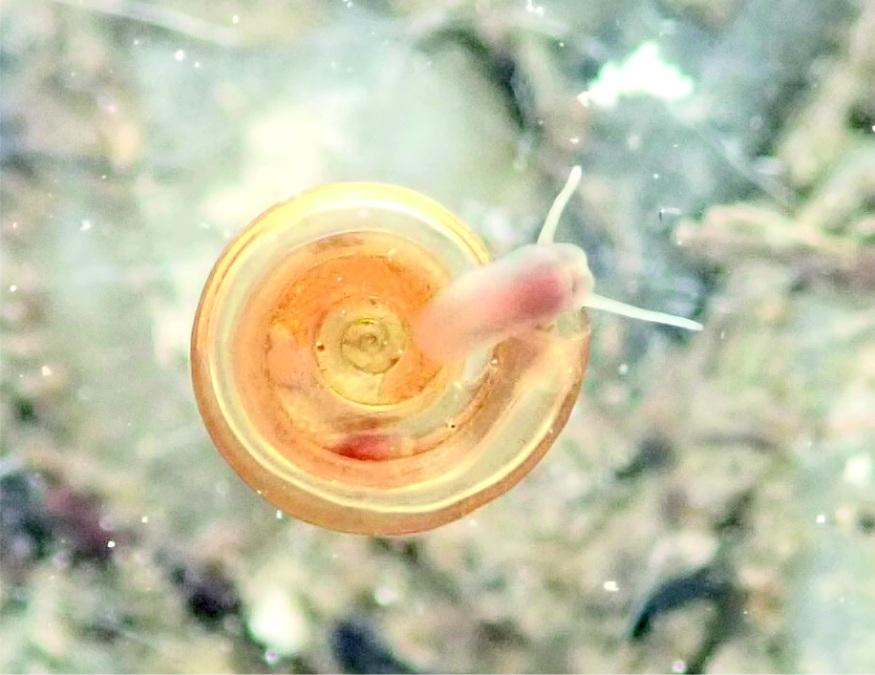
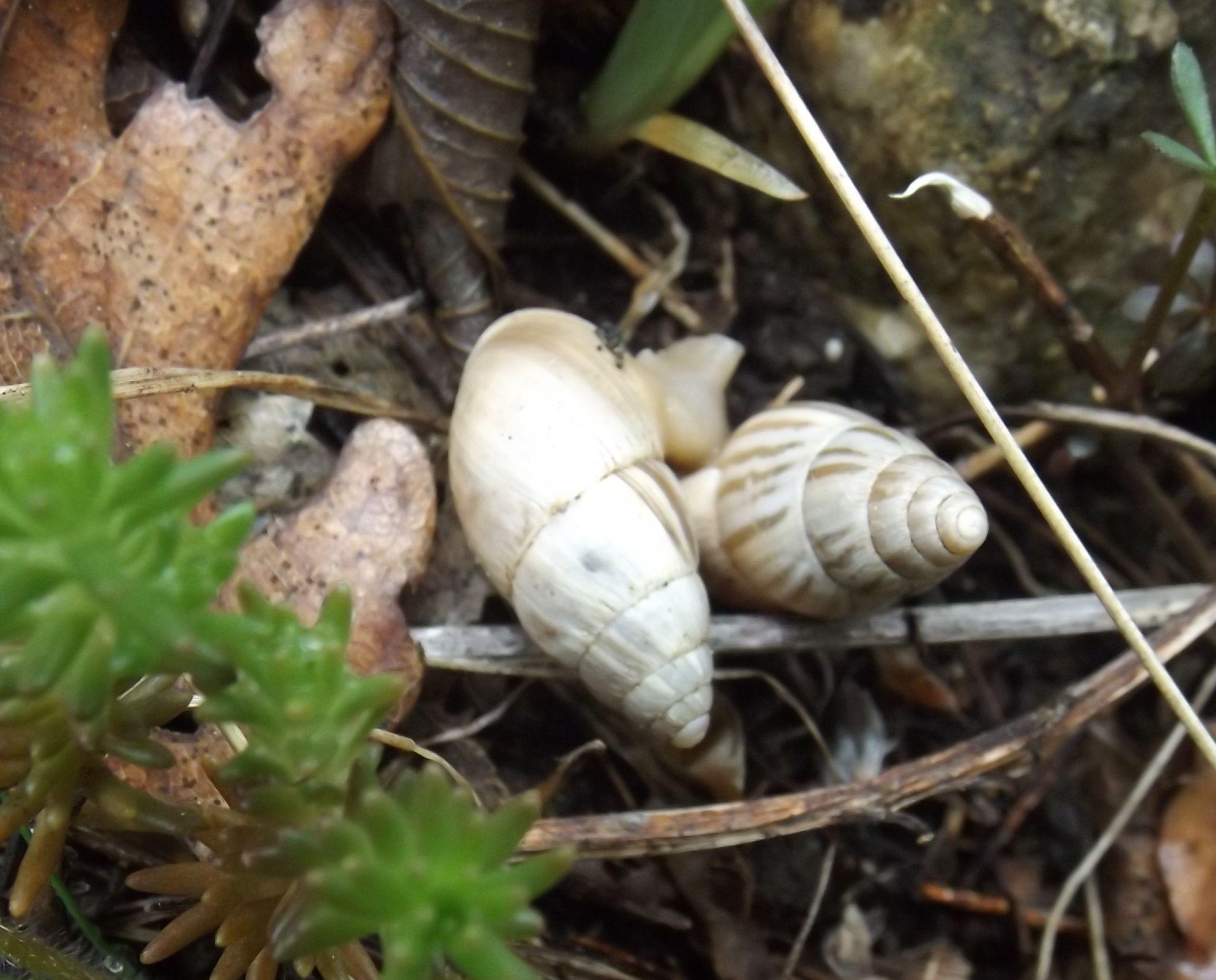

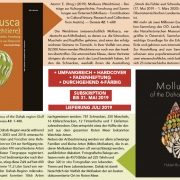
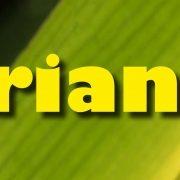
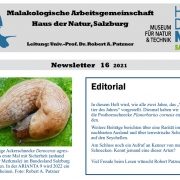
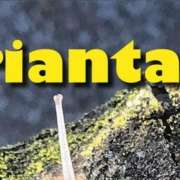 MoFA, Foto: G. Kübelböck
MoFA, Foto: G. Kübelböck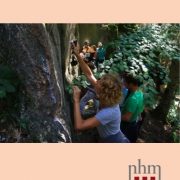
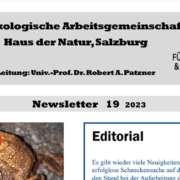 Malakologische Arbeitsgemeinschaft, Haus der Natur, Salzburg
Malakologische Arbeitsgemeinschaft, Haus der Natur, Salzburg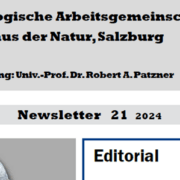 Malakologische Arbeitsgemeinschaft, Haus der Natur, Salzburg
Malakologische Arbeitsgemeinschaft, Haus der Natur, Salzburg